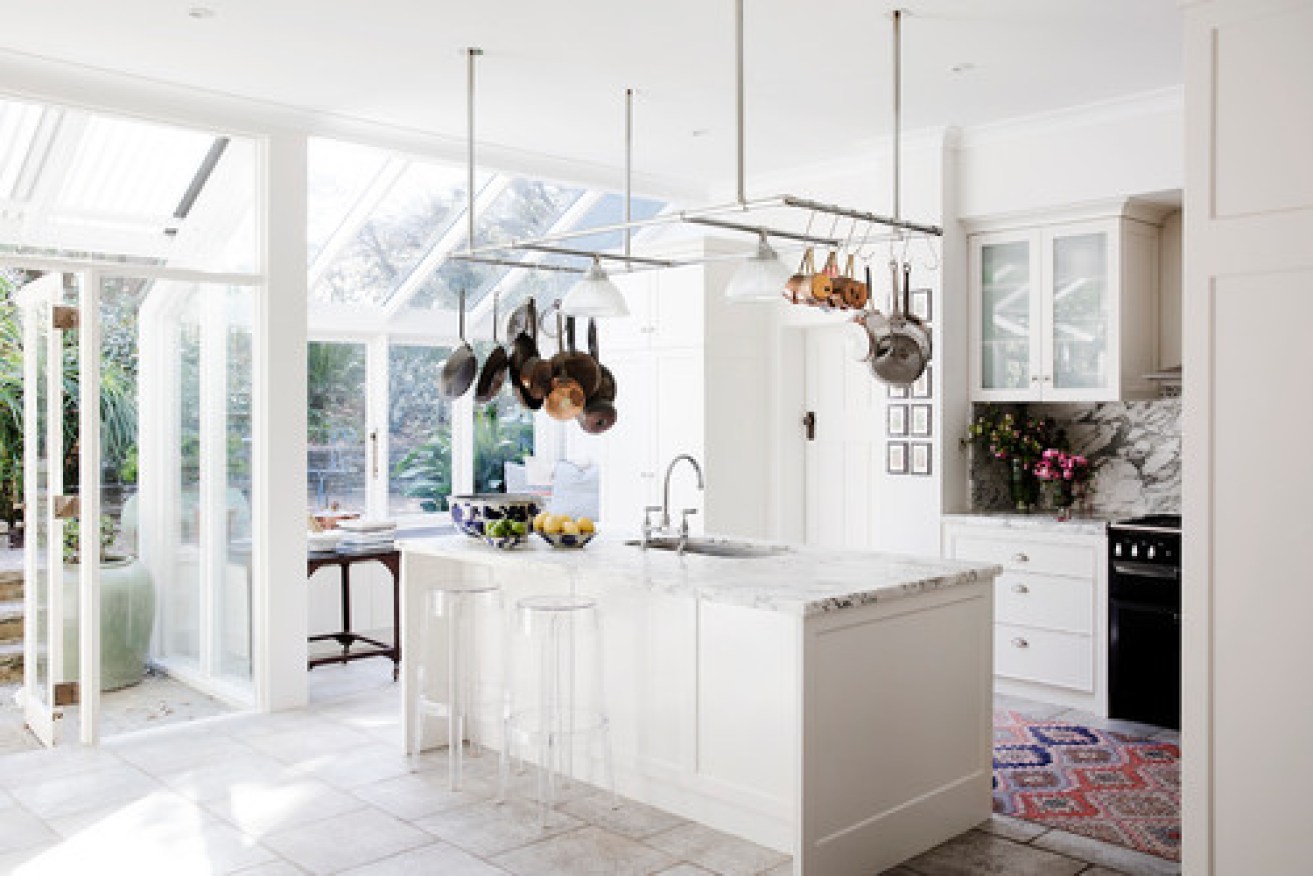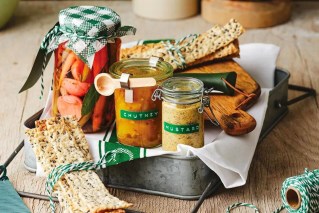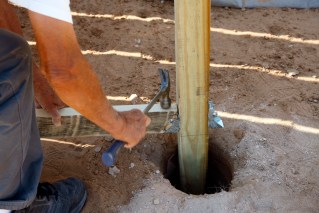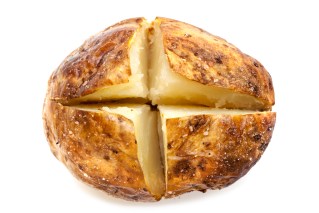‘Three things I wish my clients knew’: Confessions of a kitchen joiner


Knowing a few basic things beforehand will make selection and installation quicker and smoother.
Planning a new kitchen? Knowing a few basic things beforehand will make the selection and installation process quicker and smoother, says kitchen joiner and director at Bondi Kitchens, Chris Ruffé.
Here, he discusses the three essentials he wishes everyone knew before undergoing a kitchen design project.
Function first, fashion second
Many of our clients will overlook this and create a gorgeous, fashionable kitchen without factoring in how liveable it will be. Choosing the finishes is certainly fun, but if your kitchen isn’t functional, it will never look or perform the way you want it to. The most important question to ask yourself is: ‘How do I want to use this space?’
Create a checklist of the features and functions that are the most important to you. This list will generally include storage, ergonomics, usability, and space in which you can eat, cook and entertain.
Think carefully about layout. Get out the grid paper and plan out your dream kitchen design – how you would like to use the space every day.

Don’t sacrifice shelf space or hardware for pure aesthetics. Photo: Bondi Kitchens
Next up, finishes. A well-designed kitchen should be easy to clean. Choose durable, low-maintenance finishes. Also, think about how you want to open and close drawers and doors. It might sound basic, but this is something you’ll be doing every day. For example, don’t sacrifice shelf space or hardware for pure aesthetics, because nobody wants a dysfunctional door.
I tend to avoid ‘tip-on’ or push-to-open mechanisms because I find they often fail over time. In my view, you can’t beat a soft-closing hinge. Add a finger-recessed detail to match, and your life (and bank account) will be all the better for it.
Don’t be fooled by fancy finishes
Sometimes the more expensive and glamorous options aren’t the best ones. When it comes to performance and upkeep, luxurious materials such as solid timber and marble are often second best to many of the newer, high-tech materials on the market – and these cost considerably less.
Timber veneer is a great alternative to solid timber. The latest styles will give you a naturally textured finish, plus they are lightweight and easy to install. Birch plywood is another appealing option for kitchen cabinetry. It has a soft texture and can be stained in different colours.
If you love the look of marble, but not the upkeep and price, consider a lookalike product such as engineered stone. Or consider solid surfaces such as Corian and Fenix, which are waterproof and can be moulded into different shapes for a seamless look.

Photo: Live By The Sea Photography
Laminate is also well worth considering. It’s hardy, affordable, easy to care for, and you’ll find styles that imitate everything from marble and exotic timber species to granite. As well as cabinetry finishes, you can now find anti-fungal and antibacterial finishes that can be used on benchtops.

Photo: The Design Villa
Size does matter
It’s true – size does matter. Paying attention to clearances should be the starting point of any good kitchen layout. For example, the distance between the island bench and the back bench is very important for usability and traffic flow.
If it’s too tight or too wide, your kitchen can feel cramped or poorly proportioned. We recommend allowing at least one metre between parallel base units, room size allowing.
You should also consider the height and thickness of cabinetry in relation to the overall space, in order to create a balanced feel.
We recommend the following standard proportions.
Base cabinet height: 900 millimetres is the European standard, and is based around appliance dimensions. However, with people getting taller, there is a trend to go as high as 920 or even 950 millimetres.

The overhang on an island bench should be 300 millimetres. Photo: Evolution
Clearance heights between base and overhead cabinets: 650-700 millimetres. It’s also important to check the rangehood and stovetop specs and their required distance from each other.
Overhead cabinets: We’d recommend taking them to ceiling height, as this allows you to maximise your storage potential.
Benchtop thickness: 20 millimetres for stone and stone-like materials such as marble and Caesarstone; 12 millimetres for thin and fabricated materials such as Corian, Fenix, glass and stainless steel.
Tip: You can have any benchtop ‘beefed up’ to look as thick as you want, using a manufacturing technique called a ‘mitred apron’. A wide panel is installed at the front of the benchtop to create the illusion of thickness.
Island overhang: Leave a 300-millimetre allowance for stools and knee space.








